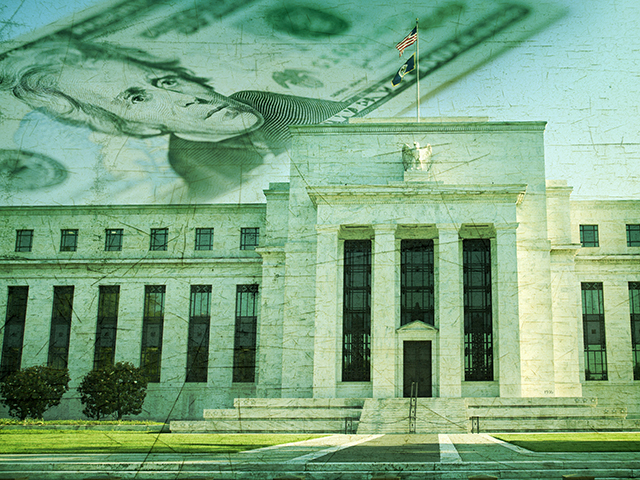Inside the Market
Outside Markets Start To Perk Up
After a summer of watching row crops contend with drought in the Northwestern Plains, the one good thing we could say about outside markets is that they stayed fairly quiet. There were some one-day selling panics related to headlines tracking the rise of the delta variant. Overall, grain prices were largely sheltered as financial and other commodity markets remained stable.
Throughout 2021, measures of gross domestic product (GDP) showed signs of recovery from 2020's pandemic-stricken performances, both in the U.S. and abroad. The U.S. unemployment rate improved from 6.7% at the end of 2020 to 5.2% in August. The Federal Reserve (Fed) kept an accommodative monetary policy, and the U.S. Dollar Index traded inconspicuously in a range near its lowest prices in three years.
Then, in September, the markets outside of grains started to show signs of turbulence. The Federal Reserve is not about to raise interest rates, but let it be known improvements in the economy would soon allow the Fed to cut back on monthly bond purchases.
The Fed insists rising prices are transitory and largely the result of postpandemic supply-chain issues, but investors are wary of inflation, seeing daily headlines of big spending plans in the U.S.
P[L1] D[0x0] M[300x250] OOP[F] ADUNIT[] T[]
An improving economy plus a less accommodative Fed spurred yields on 10-year Treasury notes higher in late September, and it wasn't long before the U.S. Dollar Index was posting new highs for the year. In short order, financial markets soon posed a bearish threat to grain prices.
The biggest outside threat to grain prices, however, wasn't from financial markets but from the energy sector. In a short span of time, spot natural gas went from trading below $4-per-million British thermal units (Btus) in August to above $6 in early October, near its highest prices since 2014.
In the U.S., the Energy Department reported natural gas supplies were down 5% from the five-year average on Oct. 1, 2021. The decline in supplies began when production and energy prices suffered during the early stages of the coronavirus pandemic. A colder-than-normal February, a drop in hydroelectric power related to this summer's western drought and the shutdown of production facilities in the Gulf of Mexico during Hurricane Ida all contributed to this year's lower supplies of natural gas.
The situation is much worse in Europe. According to the Financial Times, natural gas prices hit a record high of 118 euros per megawatt hour in early October, more than six times higher than prices quoted six months earlier. Several energy companies in the U.K. have gone out of business, caught gambling on the wrong side of the market.
Even before natural gas prices shot up, fertilizer prices in the U.S. were on the rise in 2021, stumbling over logistical hurdles related to the pandemic. Higher natural gas prices added another level of difficulty, and there are concerns about fertilizer being available in the spring. It is difficult to say at this point, but corn plantings could suffer in early 2022.
Traders, in general, are not fans of uncertainty and may avoid corn and soybean markets this winter and next spring. For producers, the choice is not so easy. Tough decisions lie ahead as the economy continues to experience unprecedented disruptions.
**
-- Read Todd's blog at about.dtnpf.com/markets
-- You may email Todd at todd.hultman@dtn.com, or call 402-255-8489.
[PF_1121]
(c) Copyright 2021 DTN, LLC. All rights reserved.




